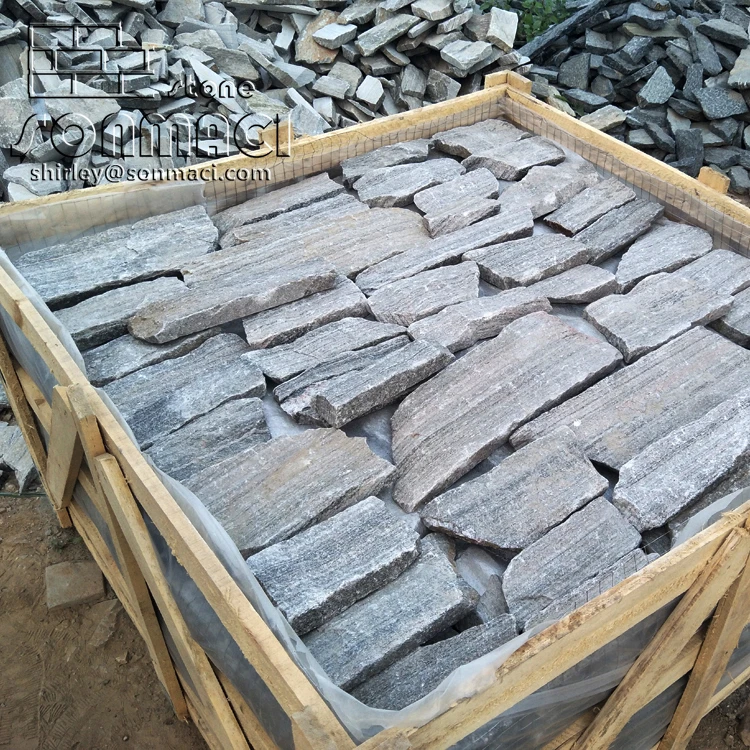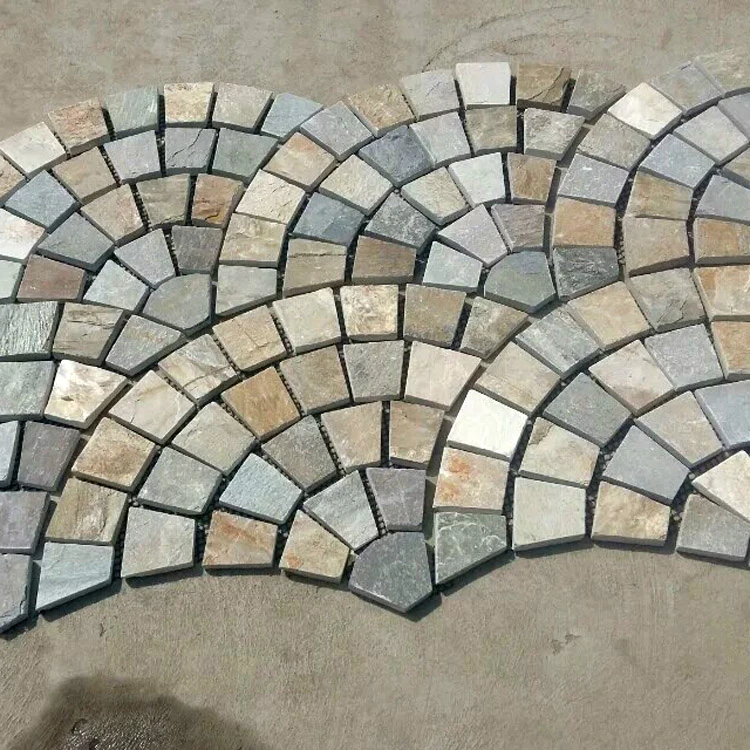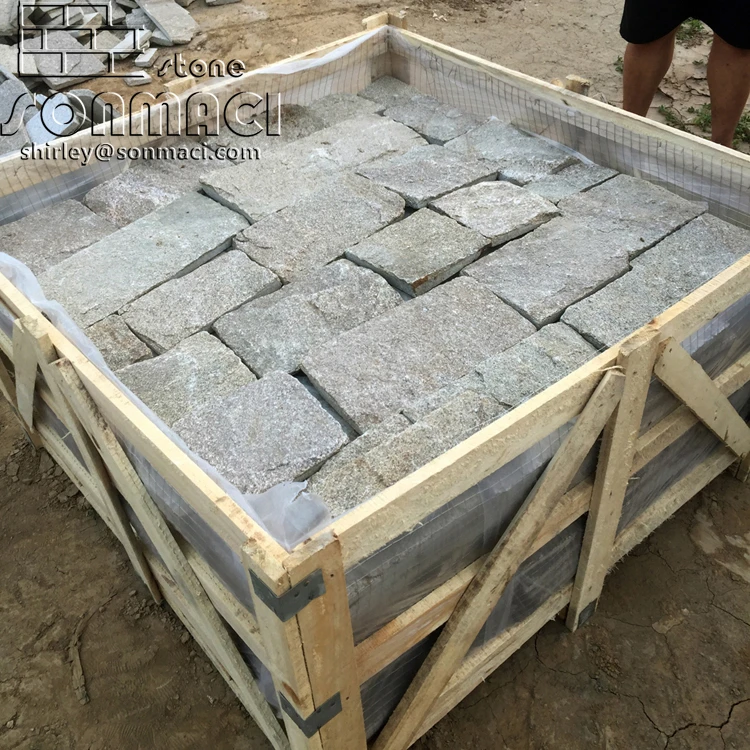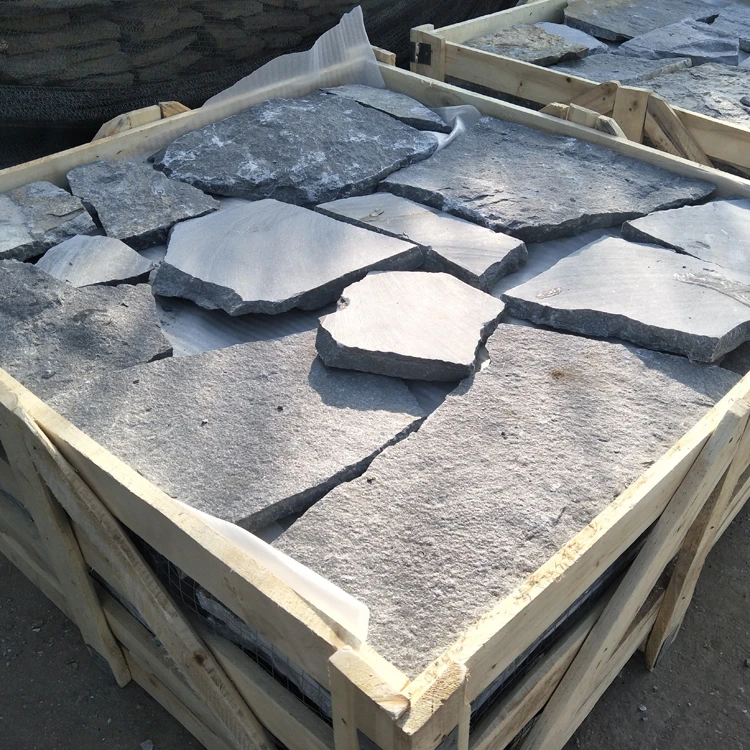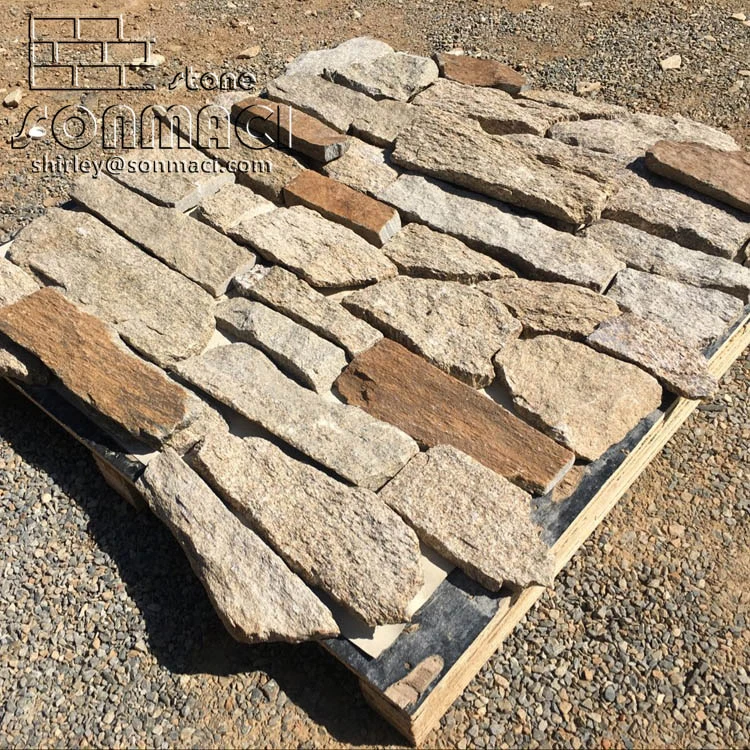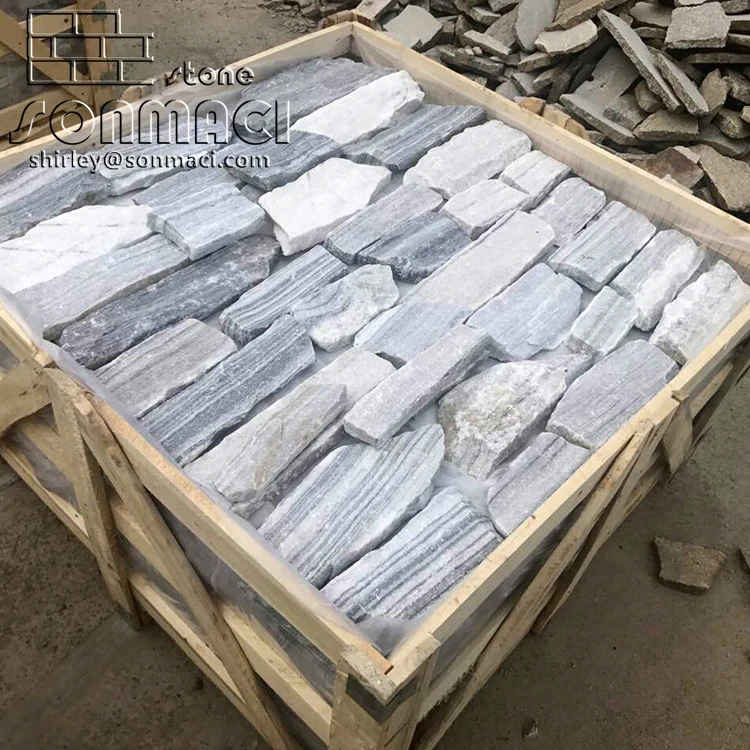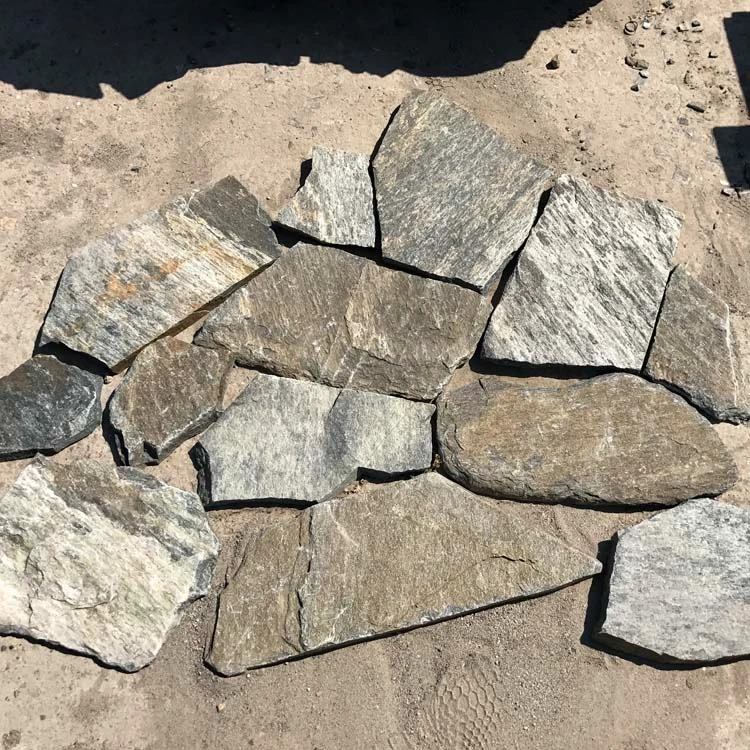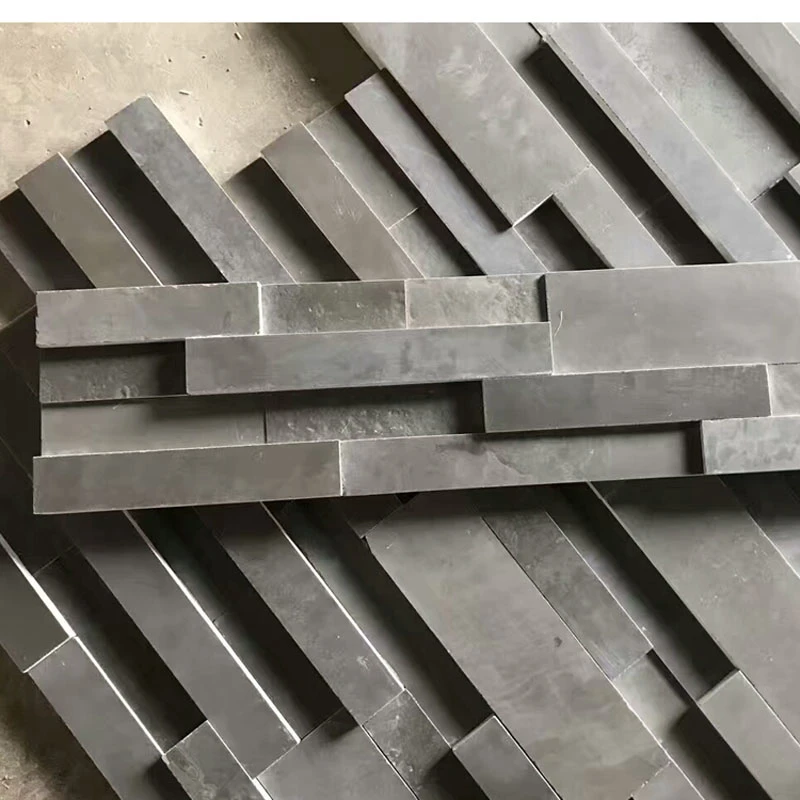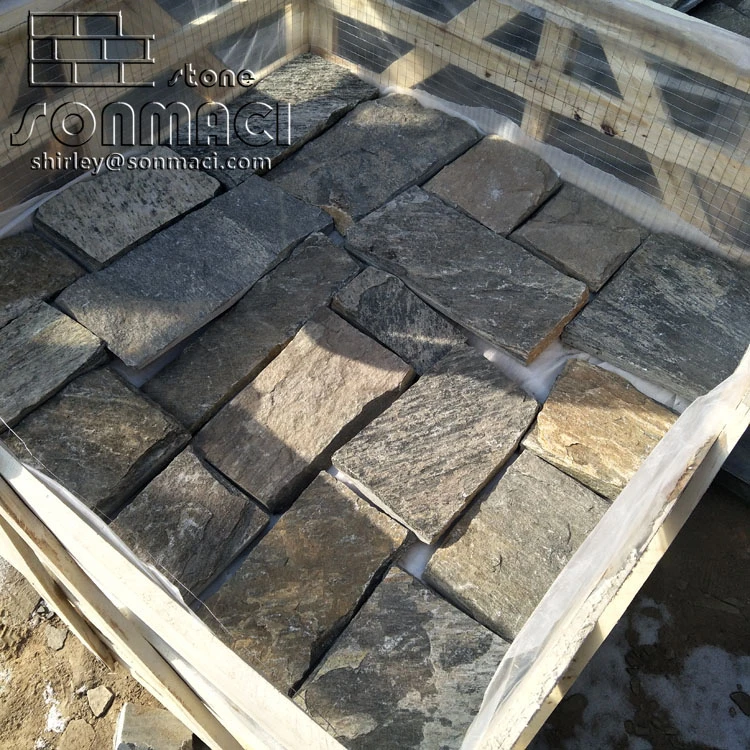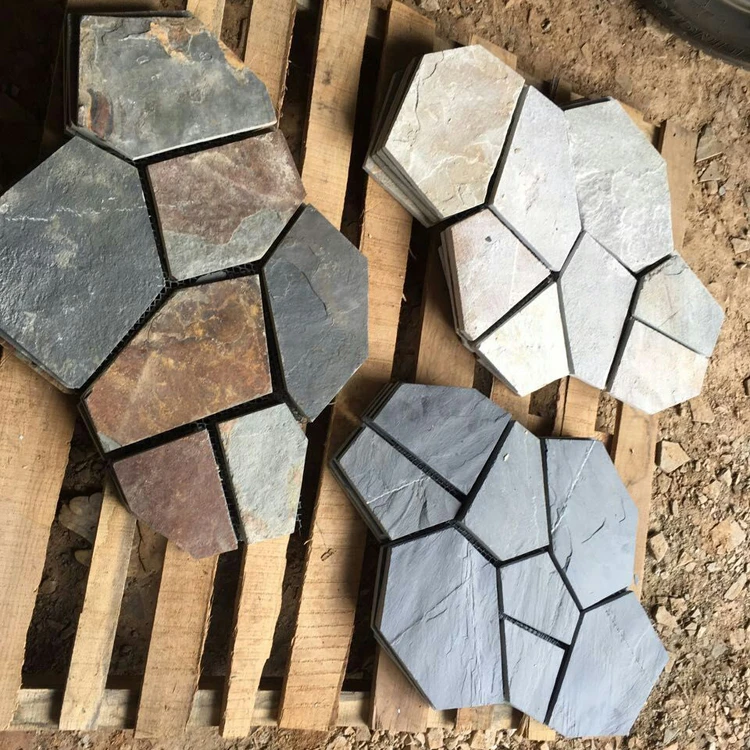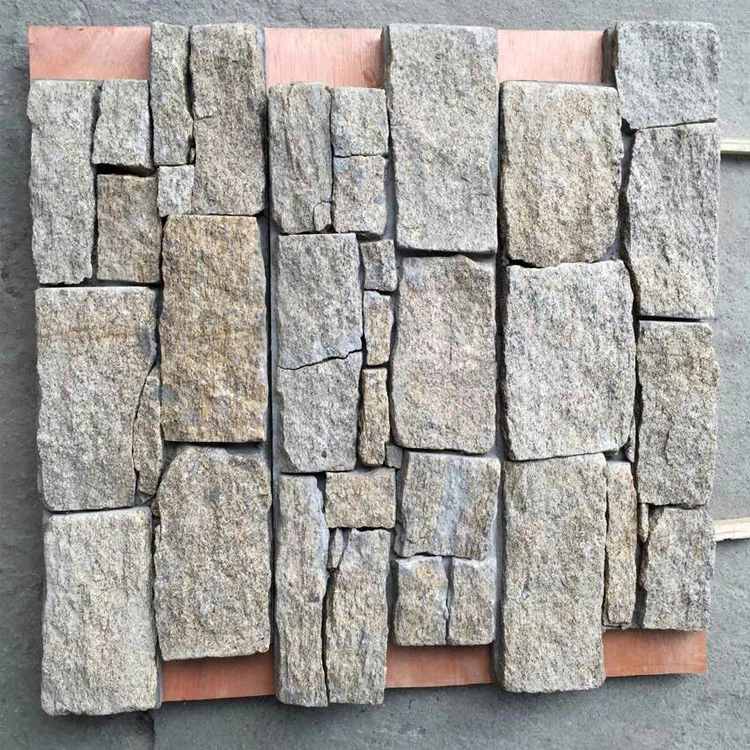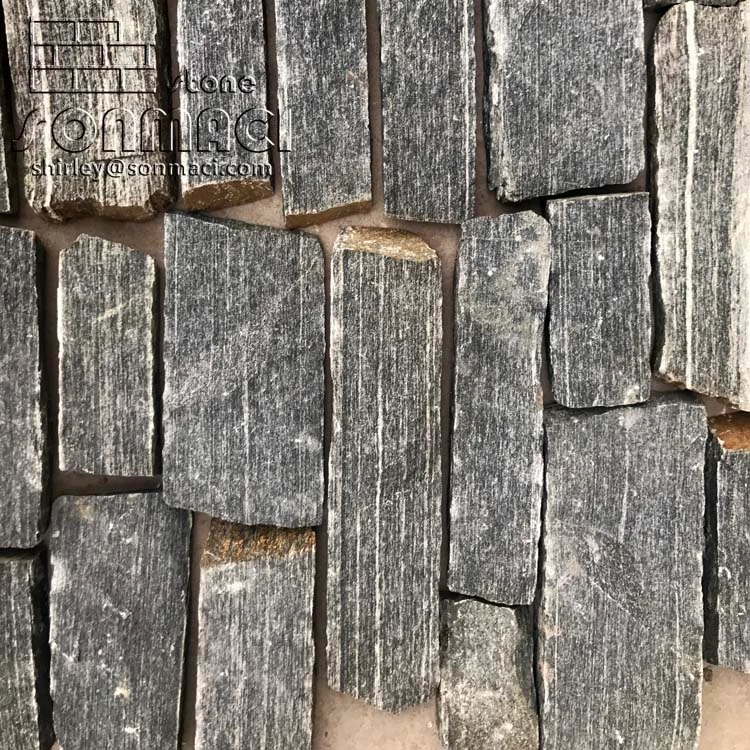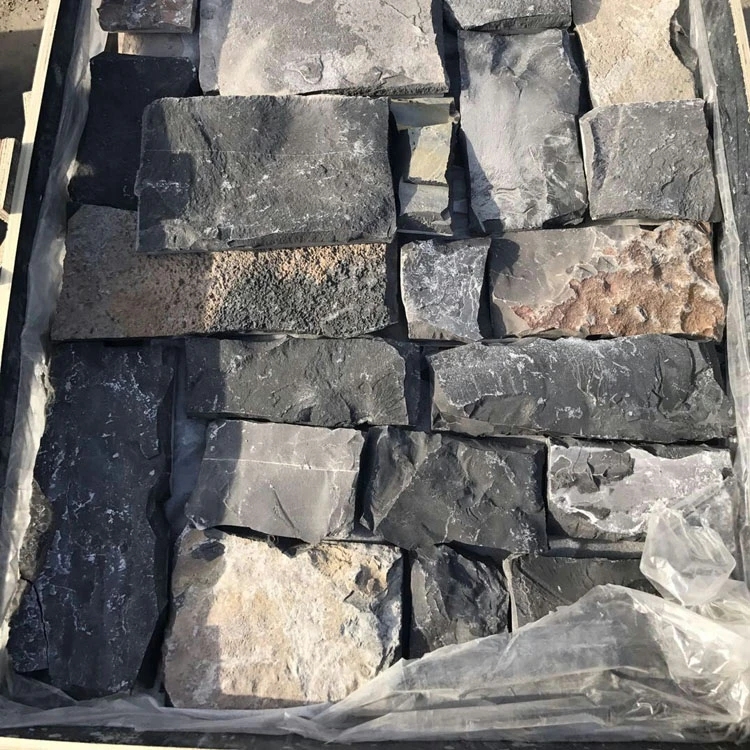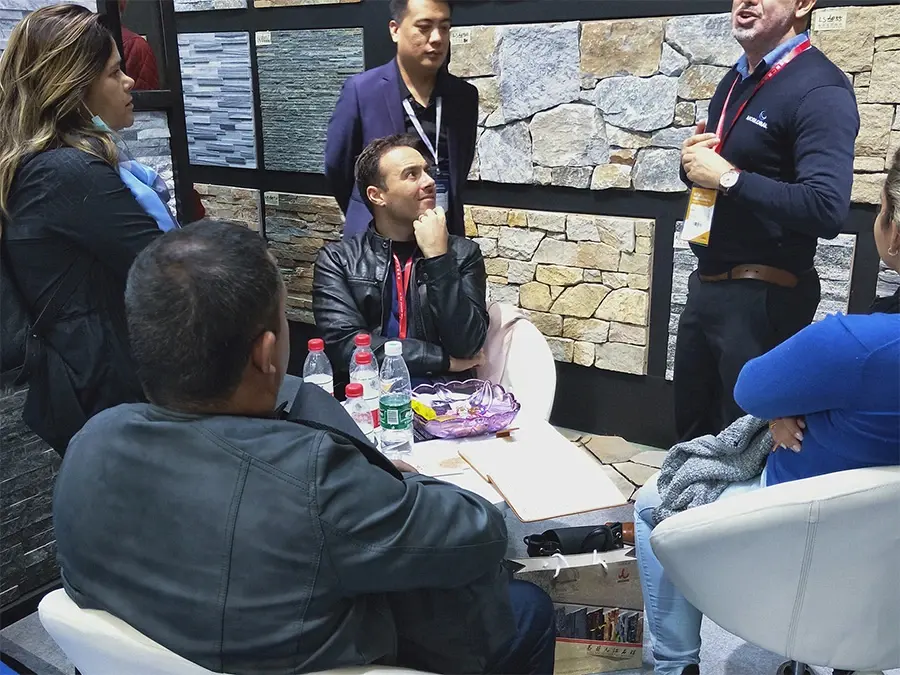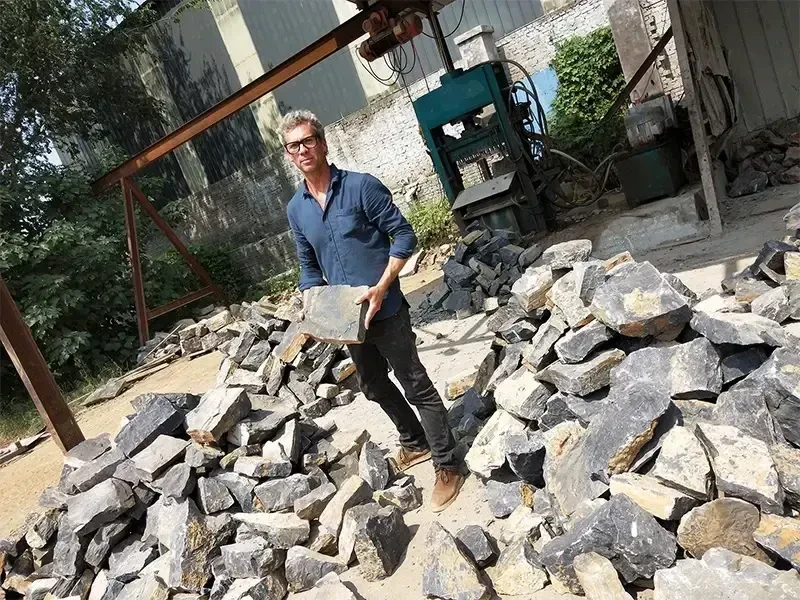Premium Ledgestone Veneer Panels for Elegant Stone Walls
The Enduring Appeal and Technical Advancements of Ledgestone Veneer
In the intricate landscape of contemporary architectural design and construction, the material choices for exterior and interior surfaces play a pivotal role in defining both aesthetic appeal and structural integrity. Among the myriad options available, ledgestone veneer has emerged as a particularly versatile and increasingly popular solution, capturing the imagination of architects, builders, and property owners alike. This material, characterized by its linear, rugged, and stacked appearance, offers the timeless beauty of natural stone without the prohibitive weight, cost, and installation complexities associated with full-dimension masonry. Fundamentally, ledgestone veneer can be broadly categorized into two primary types: natural and manufactured. Natural ledgestone veneer is quarried directly from geological formations, meticulously cut, split, and shaped into thin pieces, preserving the authentic variations in color, texture, and inherent mineral composition that only nature can provide. In contrast, manufactured ledgestone veneer, often referred to as artificial stone or cultured stone, is an engineered product crafted from a blend of lightweight aggregates, Portland cement, and iron oxide pigments, poured into molds meticulously cast from genuine stones to replicate their distinctive characteristics. This engineered alternative offers remarkable consistency in color and shape, a lighter weight, and often a more economical price point, democratizing the use of stone aesthetics across a wider range of projects. The product at the heart of our discussion, the Decorative Free Forms Exterior Stone Veneer, represents a cutting-edge advancement in manufactured stone technology, offering unparalleled design flexibility and performance for both residential and commercial applications. Its increasing adoption is a testament to its ability to seamlessly integrate with diverse architectural styles, from rustic and traditional to modern and minimalist, providing a durable, low-maintenance, and visually impactful surface solution. This article delves deep into the technical specifications, manufacturing processes, application scenarios, and strategic advantages that position ledgestone veneer as a premier choice in today's demanding construction environment, highlighting how the advancements in material science and production techniques contribute to its superior performance and enduring appeal. Furthermore, we will explore the specific benefits of engineered solutions like the Decorative Free Forms Exterior Stone Veneer, which are designed not only for aesthetic excellence but also for enhanced structural compatibility and ease of installation, addressing critical considerations for B2B decision-makers in the AEC (Architecture, Engineering, and Construction) sector. The integration of such veneers into modern building practices reflects a broader industry trend towards materials that offer a balance of sustainability, aesthetic versatility, and long-term cost-effectiveness, making informed material selection paramount for project success and client satisfaction.
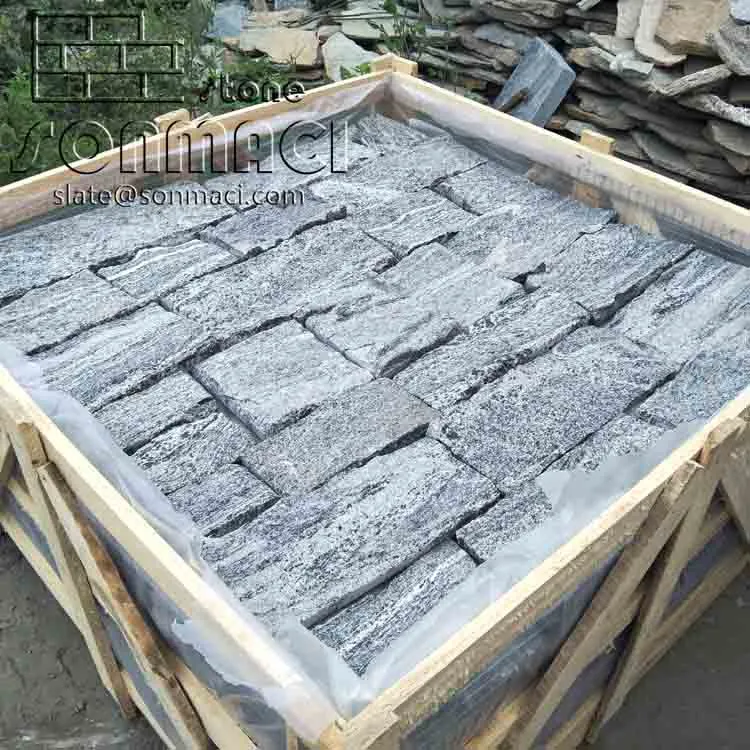
Unveiling the Manufacturing Mastery: Crafting Decorative Free Forms Exterior Stone Veneer
The production of high-quality manufactured ledgestone veneer, such as the Decorative Free Forms Exterior Stone Veneer, is a sophisticated process that blends artistic replication with precision engineering, ensuring each piece faithfully mimics the aesthetic and tactile qualities of natural stone while offering enhanced performance characteristics. The journey begins with the meticulous selection and preparation of raw materials: specifically chosen lightweight aggregates like expanded shale, clay, or slate, which contribute to the product's reduced weight and superior insulating properties; high-strength Portland cement, serving as the primary binder for structural integrity; and finely ground iron oxide pigments, which are integrated throughout the mixture to ensure lasting color vibrancy and consistency, preventing the surface fading often associated with cheaper, top-coated products. The initial and perhaps most critical stage in replicating authentic stone textures involves mold creation. Highly skilled artisans painstakingly select and cast molds from unique natural stones, capturing every subtle nuance of texture, fissure, and shape. These master molds are then used to produce durable, high-fidelity production molds, typically made from rubber or silicone, which can withstand repeated use without losing their intricate detail. Once the molds are prepared, the manufacturing process proceeds to the mixing and pouring phase. A precisely formulated blend of aggregates, cement, and pigments is mixed in industrial-grade mixers, ensuring a homogeneous consistency. This slurry is then carefully poured into the prepared molds. During this stage, a vibration process is often employed to eliminate air pockets, ensuring a dense, void-free product that enhances both its strength and resistance to environmental elements. Following the pouring, the filled molds are transferred to controlled curing chambers. This controlled environment, with regulated temperature and humidity, is crucial for the cement hydration process, allowing the stone veneer to achieve optimal compressive strength and durability. The curing period can range from 24 to 48 hours, depending on the product's specific formulation and desired strength. Once cured, the ledgestone veneer pieces are demolded, inspected, and then allowed to further cure in open air for several weeks to reach their full design strength and reduce residual moisture content, a critical step for preventing future efflorescence. Quality control is an overarching principle integrated at every stage of this manufacturing process. Companies adhering to rigorous international standards like ISO 9001 for quality management systems implement stringent checks on raw material quality, mix proportions, curing conditions, and the final product's dimensional accuracy, color consistency, and structural integrity. Critical tests include compressive strength testing (e.g., ASTM C1670), ensuring the veneer can withstand typical loads; freeze-thaw durability testing (e.g., ASTM C67), which assesses resistance to cracking or spalling in harsh climates; and water absorption testing (e.g., ASTM C140), vital for understanding the material's performance in moisture-prone environments. These adherence to testing standards ensure the product's reliability and longevity, making them suitable for demanding exterior applications. For the Decorative Free Forms Exterior Stone Veneer, specifically, the unique "free forms" aspect signifies an intentional design choice to create pieces that interlock in a more organic, less structured pattern, mimicking naturally stacked stone formations with remarkable realism, making it a preferred choice for creating a striking stone veneer wall. The estimated lifespan of such high-quality manufactured stone veneer, when properly installed and maintained, can easily exceed 50 years, often matching or surpassing the longevity of traditional masonry and offering a significant return on investment over its lifecycle due to its inherent durability and resistance to common environmental stressors like UV radiation, moisture penetration, and temperature fluctuations. This comprehensive manufacturing approach ensures that the resulting ledgestone veneer not only enhances the aesthetic value of a structure but also contributes positively to its overall resilience and long-term performance.
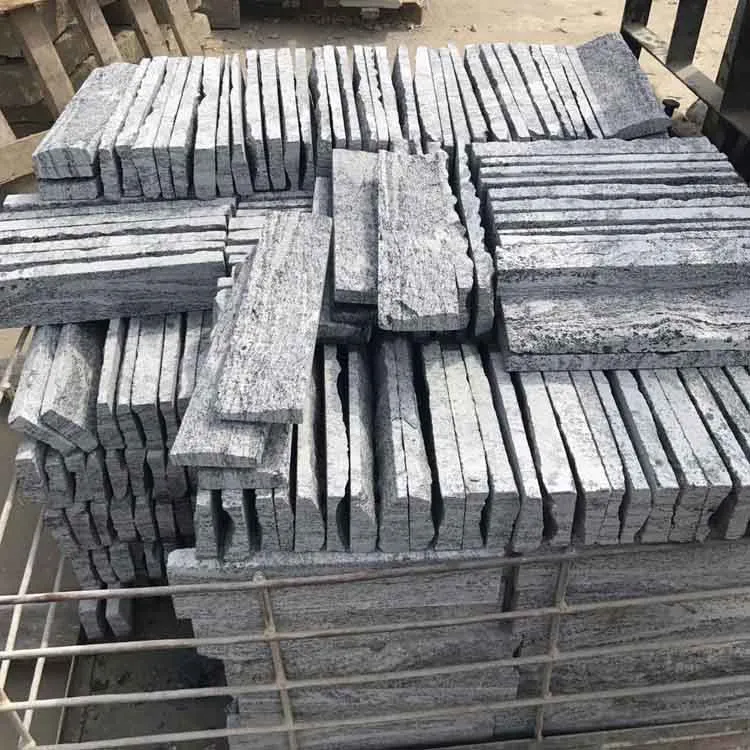
Technical Superiority and Performance Benchmarks in Stone Veneer
The selection of construction materials for B2B applications necessitates a thorough evaluation of their technical specifications and performance benchmarks, ensuring they meet rigorous industry standards and project-specific requirements. For ledgestone veneer, particularly engineered variants like Decorative Free Forms Exterior Stone Veneer, understanding these parameters is crucial for informed decision-making. Key technical attributes include its remarkably low weight, typically ranging from 8 to 15 pounds per square foot (39 to 73 kg/m²), which is significantly lighter than full-dimension natural stone (which can be 80-120 lbs/sq ft). This reduced weight eliminates the need for additional structural footings or wall ties in most standard construction, simplifying design, reducing material handling costs, and accelerating installation timelines. Thicknesses typically vary between 1 inch (2.5 cm) and 2.5 inches (6.3 cm), allowing for a substantial aesthetic profile without excessive bulk. Furthermore, its inherent composition contributes to favorable thermal resistance properties, often possessing an R-value between 0.40 and 0.80 per inch of thickness, which can contribute to the overall thermal efficiency of a building envelope, helping to reduce energy consumption for heating and cooling. As a cement-based product, manufactured ledgestone veneer is inherently non-combustible, earning it a Class A fire rating in accordance with ASTM E84, a critical safety feature for both residential and commercial structures. Its flexural strength and compressive strength are engineered to withstand the rigors of exterior exposure, with typical compressive strengths exceeding 1,800 psi (12.4 MPa), and absorption rates typically below 10%, ensuring robust performance against impact and moisture intrusion. The unit coverage, often measured in square feet per carton, is optimized for efficient project planning and waste reduction. Below is a comparative table highlighting typical specifications for various ledgestone veneer types.
Table 1: Comparative Technical Specifications of Stone Veneer Types
| Characteristic | Natural Ledgestone Veneer (Avg.) | Manufactured Ledgestone Veneer (e.g., Decorative Free Forms) | Full-Dimension Natural Stone (Avg.) |
|---|---|---|---|
| Weight (psf) | 10-18 lbs | 8-15 lbs | 80-120 lbs |
| Thickness (in) | 1.0 - 2.0 | 1.0 - 2.5 | 4.0 - 12.0+ |
| Compressive Strength (psi) | Varies widely (e.g., 5,000-20,000) | ~1,800 - 3,000+ | 5,000-20,000+ |
| Water Absorption (%) | Typically | ~8% - 12% (controlled) | Typically |
| Fire Rating (ASTM E84) | Class A (Non-combustible) | Class A (Non-combustible) | Class A (Non-combustible) |
| Freeze-Thaw Durability | Excellent (ASTM C67) | Excellent (ASTM C67) | Excellent (ASTM C67) |
The clear advantages of engineered ledgestone veneer lie in its significantly reduced weight, which simplifies transportation, handling, and installation, often resulting in lower labor costs and faster project completion times. This is especially pertinent for large-scale commercial projects or multi-story buildings where structural load is a critical design consideration. While natural stone offers unparalleled authenticity, manufactured products provide consistency in color and shape, minimizing on-site sorting and cutting, and ensuring a uniform aesthetic throughout a project. Furthermore, the lighter weight often removes the requirement for brick ledges or extended footings, which are standard for full-dimension stone, thus reducing overall foundation costs. The manufacturing process allows for precise quality control over parameters like density and aggregate dispersion, leading to predictable performance characteristics, unlike natural stone which can exhibit inherent variations. The thermal resistance capabilities of manufactured stone veneer are also noteworthy; while not primary insulators, they add an additional layer of thermal mass and resistance to the building envelope, contributing to improved energy efficiency, a key consideration in sustainable building design. Coupled with its non-combustible nature, this makes a compelling case for its use in fire-rated assemblies. The inherent durability and resistance to harsh weather conditions, including repeated freeze-thaw cycles, make engineered ledgestone veneer a robust choice for long-term exterior applications, ensuring its aesthetic integrity and structural performance are maintained over decades with minimal maintenance.
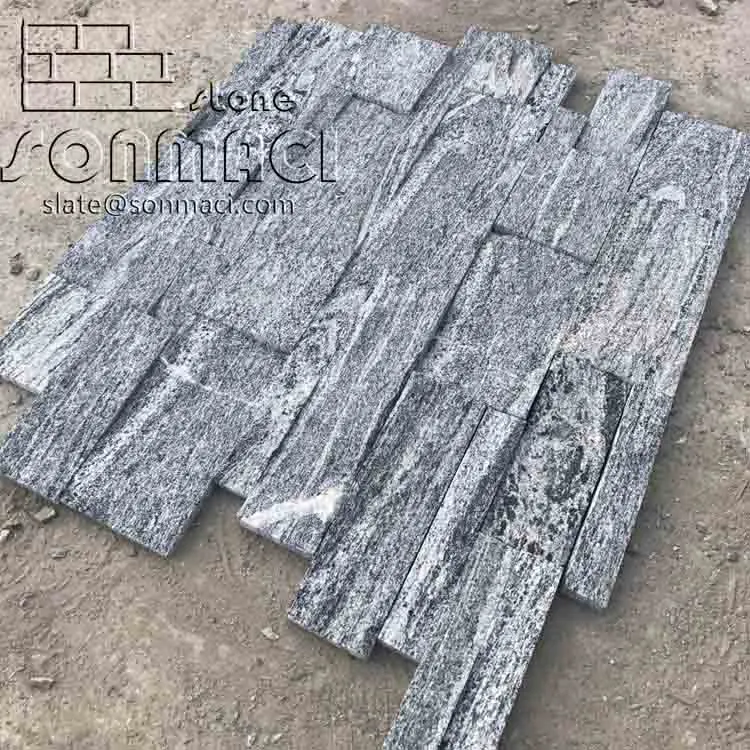
Strategic Applications and Industry Adoption of Stone Veneer
The versatility and aesthetic appeal of ledgestone veneer have propelled its widespread adoption across diverse architectural and construction sectors, ranging from intricate residential designs to expansive commercial developments. In the residential domain, ledgestone veneer is frequently specified for enhancing exterior facades, transforming ordinary homes into visually striking residences with curb appeal that significantly boosts property value. It is also an ideal choice for interior accent walls, fireplace surrounds, and kitchen backsplashes, where its rugged texture and natural color variations create inviting focal points and inject a sense of rustic elegance or modern sophistication. Homeowners and designers appreciate its ability to evoke the grandeur of natural stone without the associated structural reinforcements and higher material costs, making a genuine stone wall stone veneer an attainable luxury. For foundation skirts and exterior retaining walls, ledge stone veneer offers both a protective layer and an aesthetic upgrade, seamlessly blending the structure with its natural surroundings. Moving into the commercial landscape, the applications for ledgestone veneer are equally extensive and strategically significant. Retail establishments, for instance, utilize it to create inviting and memorable storefronts that differentiate them from competitors, drawing customers in with a sense of authenticity and quality. Hospitality venues, including hotels, restaurants, and resorts, leverage its robust aesthetic for impressive lobby walls, bar fronts, and exterior feature walls, crafting an ambiance that is both luxurious and enduring. Office buildings and corporate campuses increasingly incorporate stone veneer panel systems into their design, not only for their inherent beauty but also for their long-term durability and low maintenance, which translate into significant operational savings over time. Landscape architects frequently employ ledgestone veneer for outdoor kitchens, pillars, water features, and garden walls, creating cohesive and visually impactful outdoor living spaces that withstand the elements. Beyond general construction, specialized industries also benefit from its unique properties. While "petrochemical" or "metallurgy" might not be direct application fields, the robust and non-combustible nature of engineered stone veneer makes it suitable for exterior cladding of utility buildings, equipment enclosures, or architectural elements within industrial complexes where aesthetic improvement is desired without compromising safety standards. Its resistance to harsh weather conditions, including significant temperature fluctuations and moisture, makes it highly suitable for structures in diverse climates, ensuring long-term performance without degradation. For projects requiring specific aesthetic profiles, such as a modern architectural design favoring linear forms, a slate stone veneer can be expertly integrated to provide a sleek, sophisticated finish. The strategic adoption of ledgestone veneer is not just about aesthetics; it's about making a pragmatic choice that delivers long-term value. Its lighter weight and ease of installation compared to traditional masonry can significantly reduce project timelines and labor costs, particularly beneficial for large-scale renovations where time and budget are critical constraints. Furthermore, the inherent thermal mass properties contribute to improved energy efficiency by regulating internal temperatures, aligning with contemporary sustainable building practices. In essence, whether the goal is to create a striking residential facade, an inviting commercial space, or a durable and aesthetically pleasing industrial structure, ledgestone veneer offers a versatile, high-performance solution that meets the exacting demands of today's construction market. Its ability to marry the timeless appeal of natural stone with the technical advantages of engineered materials solidifies its position as a preferred choice for architects, contractors, and developers seeking reliable, visually impactful, and cost-effective cladding solutions.
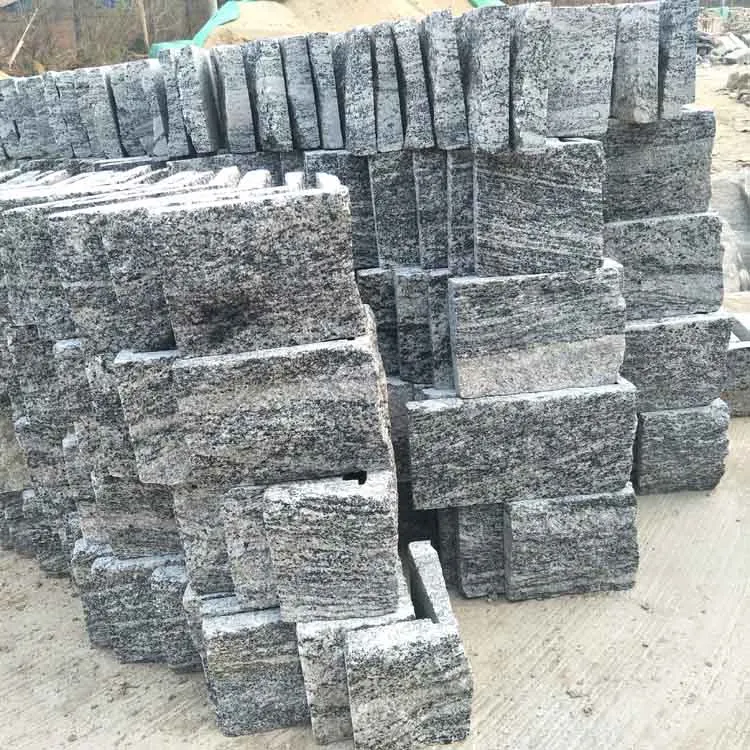
Navigating the Landscape: Manufacturer Comparison and Custom Solutions for Stone Veneer
For B2B decision-makers, selecting the right manufacturer for ledgestone veneer is as critical as the material choice itself. The market is populated by numerous suppliers, each offering varying degrees of quality, service, and customization. Key factors to consider when evaluating a ledge stone veneer supplier include adherence to industry certifications, the consistency and aesthetic fidelity of their product lines, their capacity for bespoke solutions, and the robustness of their customer support and warranty programs. A reputable manufacturer will proudly display certifications such as ISO 9001 for quality management systems, indicating a commitment to consistent production standards. Furthermore, their products should conform to ASTM International standards (e.g., ASTM C1670 for manufactured stone veneer and ASTM C1364 for architectural cast stone), which dictate essential performance criteria like compressive strength, freeze-thaw durability, and water absorption. These certifications are not merely badges but represent a manufacturer's dedication to delivering products that meet predefined benchmarks for performance and safety, ensuring project compliance and long-term reliability. Consistency in color, texture, and dimensional accuracy across batches is paramount for large projects where seamless transitions and uniform aesthetics are required for any wall stone veneer application. Manufacturers utilizing advanced manufacturing processes and stringent quality control protocols typically excel in this area. A comparison might reveal that while some manufacturers prioritize cost-effectiveness through high-volume, standardized production, others specialize in premium lines like the Decorative Free Forms Exterior Stone Veneer, which emphasizes unique aesthetics and superior performance.
Beyond standard offerings, the ability to provide custom solutions is a significant differentiator. For architects and designers, the creative freedom to specify unique forms, color blends, and textures is invaluable for achieving a distinct project identity. Leading ledgestone veneer manufacturers can work closely with clients to develop tailored products that perfectly match specific design visions, whether it's replicating a rare natural stone, developing a proprietary color palette, or producing custom panel sizes for accelerated installation. For instance, the demand for modular stone veneer panel systems is growing, enabling faster and more efficient cladding of large surfaces. Manufacturers capable of supplying these pre-assembled panels can offer significant advantages in terms of reduced labor costs and project timelines, particularly for commercial ventures where efficiency is key. Moreover, the breadth of their product range, including variations like slate stone veneer for contemporary designs or more rustic styles for traditional architecture, indicates a comprehensive understanding of market needs. When evaluating suppliers, consider their service tenure in the industry, their track record of successful projects, and their capacity to handle projects of varying scales. A company with decades of experience and a portfolio of challenging projects demonstrates proven expertise and reliability. Finally, the quality of pre-sales consultation and post-sales support, including technical assistance, installation guidance, and a clear, comprehensive warranty, speaks volumes about a manufacturer's commitment to customer satisfaction. A robust warranty—often extending for 50 years—underscores the manufacturer's confidence in their product's longevity and performance, providing peace of mind to developers and owners. By meticulously weighing these factors, B2B clients can forge partnerships with ledgestone veneer manufacturers who not only supply high-quality products but also act as strategic allies in realizing their architectural visions.
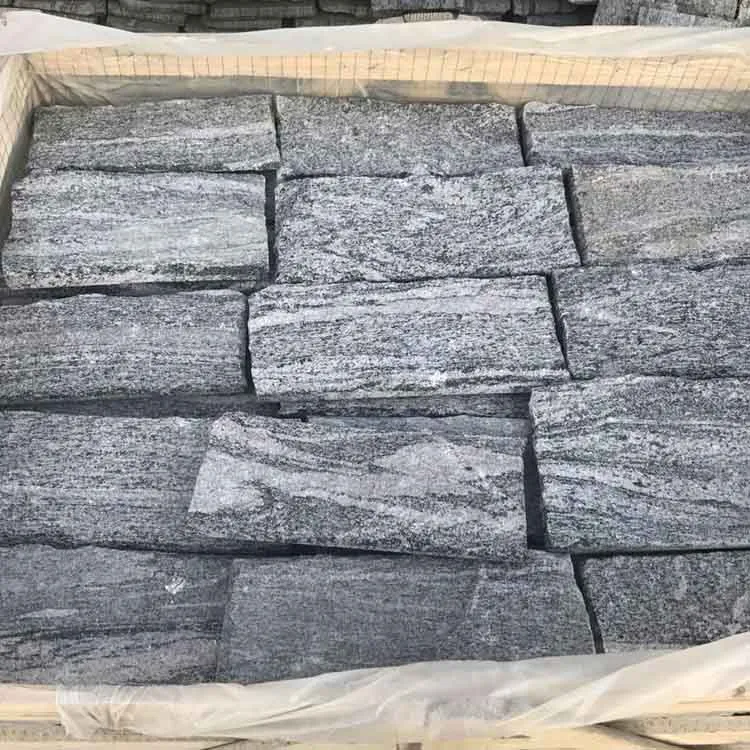
Real-World Impact: Case Studies and Client Success Stories for Ledgestone Veneer
The true testament to a product's value lies in its successful application in real-world scenarios, demonstrating tangible benefits and meeting complex project demands. For ledgestone veneer, particularly advanced engineered solutions like Decorative Free Forms Exterior Stone Veneer, a series of compelling case studies illustrates its transformative impact across various sectors. Consider "The Aspen Peaks Resort Renovation," a major hospitality project that aimed to revitalize an aging mountain lodge while preserving its rustic charm. The primary challenge was to achieve a durable, weather-resistant exterior that could withstand harsh alpine conditions, including extreme temperature fluctuations and heavy snowfall, all within a stringent timeline and budget. Traditional full-dimension stone masonry was cost-prohibitive and would have required extensive structural upgrades. The solution involved specifying Decorative Free Forms Exterior Stone Veneer across over 40,000 square feet of facade. The lightweight nature of the ledgestone veneer significantly reduced structural load concerns, enabling installation directly onto existing sheathing with minimal reinforcement. The inherent freeze-thaw resistance of the manufactured stone ensured long-term durability in the extreme climate, while its consistent color and texture, including a custom blend mirroring local natural stone, provided the authentic aesthetic desired. The project saw a 30% reduction in installation time compared to estimates for natural stone, and client feedback lauded the enhanced aesthetic appeal and perceived luxury, directly contributing to increased bookings and guest satisfaction. This project showcases how wall stone veneer can deliver both aesthetic and practical benefits on a large scale.
Another notable success story is the "Urban Oasis Residential Development," a multi-unit luxury condominium complex in a dense urban environment. The architects sought to infuse natural elements into the modern concrete and glass facade, creating a juxtaposition of textures and an inviting street-level presence. The tight construction site and logistical constraints made traditional stone delivery and cutting impractical. Here, a custom blend of linear ledge stone veneer, including elements of a dark gray slate stone veneer, was selected for the ground-floor facades and entrance pillars. The use of engineered ledgestone veneer meant that materials could be delivered precisely cut and ready for installation, minimizing on-site waste and reducing noise pollution—critical in a residential area. The lightweight nature of the veneer also simplified crane operations and allowed for faster vertical installation, accelerating project completion by several weeks. Post-completion surveys indicated high resident satisfaction with the building's aesthetic, citing the stone accents as a key contributor to the premium feel and curb appeal of the development. These case studies underscore the pivotal role that innovative ledgestone veneer solutions play in resolving complex architectural challenges, delivering superior performance, and ultimately contributing to project success and client satisfaction. By providing solutions that are not only visually appealing but also technically sound, cost-effective, and efficient to install, manufacturers of high-quality stone veneer, including specialized stone veneer panel systems, are empowering architects and developers to achieve their most ambitious design and construction goals while navigating the practicalities of modern building. The consistent feedback from clients centers on the product's ability to combine the authentic look of natural stone with the engineering benefits required for contemporary construction, making it an indispensable asset in their material palettes.

Ensuring Trust and Transparency: Guarantees and Support for Stone Veneer Solutions
In the B2B sector, trust and transparency are paramount, particularly when investing in long-term building materials like ledgestone veneer. Reputable manufacturers distinguish themselves not only through product quality but also through comprehensive support systems, clear guarantees, and proactive customer engagement. A robust Frequently Asked Questions (FAQ) module is often the first line of support, addressing common queries that arise during product selection, installation, and maintenance. For instance, questions regarding proper installation techniques—including substrate preparation, mortar mix ratios, and flashing details—are crucial for ensuring the longevity and performance of a stone veneer wall. Concerns about maintenance, such as cleaning recommendations or sealing requirements to prevent moisture absorption or efflorescence, are also critical. Prospective buyers frequently inquire about color fading over time, to which a high-quality manufacturer will confidently explain the use of permanent mineral oxide pigments that resist UV degradation. Furthermore, suitability for different climates, including resistance to severe freeze-thaw cycles or extreme heat, is a common technical inquiry that manufacturers must address with detailed performance data derived from ASTM testing. Transparency extends to logistics and delivery. Providing clear information on delivery cycles, lead times for custom orders, and available shipping options enables project managers to plan effectively and avoid costly delays. A well-organized logistics department will offer accurate scheduling, tracking capabilities, and professional handling to ensure the ledgestone veneer arrives on site in pristine condition, ready for installation.
Beyond initial queries and logistics, the bedrock of trust is the manufacturer's warranty commitment. A comprehensive warranty, typically a 50-year limited warranty for high-quality manufactured ledgestone veneer, provides long-term assurance against manufacturing defects, material degradation, and aesthetic integrity under normal use and proper installation. This commitment reflects the manufacturer's confidence in their product's durability and lifespan, offering significant peace of mind for property owners and developers. Detailed warranty documents should clearly outline coverage, exclusions, and claims procedures, ensuring full transparency. Finally, superior customer support is integral. This includes accessible technical assistance from experts who can provide detailed product specifications, installation guidelines, and troubleshooting advice. Responsive after-sales service is vital for addressing any issues that may arise post-installation, from color matching for repair work to addressing performance concerns. This level of support ensures that clients are not only purchasing a product but also investing in a partnership with a reliable supplier dedicated to their project's long-term success. For instance, guidance on integrating ledge stone veneer with other building materials or advice on achieving specific aesthetic outcomes with Decorative Free Forms Exterior Stone Veneer can be invaluable. By prioritizing these elements—transparent communication, robust warranties, and comprehensive customer support—manufacturers of ledgestone veneer cultivate enduring relationships with B2B clients, reinforcing their position as trusted partners in the construction industry. This holistic approach to client service, encompassing everything from detailed product information to post-installation support, is what truly sets leading stone veneer suppliers apart in a competitive market.
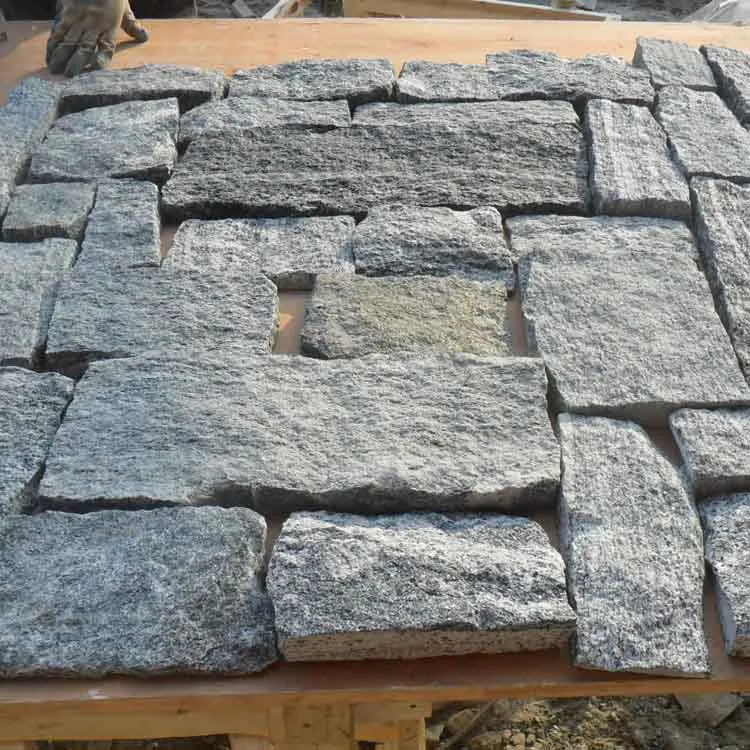
Future Outlook and Sustainable Practices in Stone Veneer
The trajectory of the building materials industry is increasingly shaped by dual forces: innovation in product performance and an unwavering commitment to sustainability. Ledgestone veneer, particularly its manufactured counterpart, is at the forefront of this evolution, continuously adapting to meet the rising demand for environmentally responsible and high-performance solutions. Looking ahead, several key trends are poised to redefine the landscape of stone veneer. Firstly, there's a growing emphasis on enhanced material composition, with manufacturers actively exploring the incorporation of recycled content into their products, such as post-industrial aggregates or recycled glass, to reduce the environmental footprint of production. This not only diverts waste from landfills but also conserves virgin raw materials, aligning with circular economy principles. Furthermore, advancements in manufacturing efficiency are leading to reduced energy consumption and lower carbon emissions during the curing process, minimizing the overall ecological impact of creating beautiful and durable ledgestone veneer products. The development of advanced binders and admixtures is also contributing to stronger, lighter, and more weather-resistant veneers, pushing the boundaries of what these materials can achieve in terms of long-term durability and structural integrity for any wall stone veneer. Secondly, the aesthetic versatility of ledgestone veneer is set to expand even further. As digital mold-making technologies advance, the ability to replicate nuanced natural stone patterns with even greater fidelity will increase, offering designers an unprecedented array of textures, forms, and colors. This includes the proliferation of specialized offerings like incredibly realistic slate stone veneer or unique free-form designs, ensuring that architects and designers have endless options to realize their creative visions, from rustic charm to ultra-modern sleekness. The market will see more bespoke solutions, where manufacturers can custom-produce specific blends and shapes, making truly unique ledge stone veneer facades more accessible.
Thirdly, the integration of ledgestone veneer into larger, more efficient building systems is a significant trend. The proliferation of modular stone veneer panel systems, which arrive on-site as pre-assembled units, streamlines installation processes, reduces labor costs, and minimizes construction waste, thereby enhancing project efficiency and sustainability credentials. These systems are particularly beneficial for large-scale commercial or multi-family residential developments where speed and consistency are critical. This approach aligns with the growing trend towards off-site construction and modular building, where components are fabricated in a controlled factory environment before being transported and assembled on-site. The role of ledgestone veneer in green building initiatives is becoming increasingly prominent. Its lightweight nature contributes to reduced transportation emissions compared to full-dimension stone, while its inherent durability and low maintenance requirements extend the lifecycle of buildings, reducing the need for frequent material replacement. Furthermore, its contribution to thermal performance can lead to tangible energy savings over the lifetime of a structure, helping buildings achieve higher certifications under programs like LEED (Leadership in Energy and Environmental Design) or other green building standards. The industry is also witnessing a greater emphasis on transparency regarding product life cycle assessments (LCAs), allowing architects and builders to make truly informed decisions based on a material's environmental impact from raw material extraction to end-of-life disposal. As awareness of climate change and resource depletion grows, the demand for building materials that offer a balance of aesthetic appeal, performance, and environmental responsibility will only intensify. Ledgestone veneer, through continuous innovation in its composition, manufacturing, and application, is well-positioned to meet these evolving demands, solidifying its role as a sustainable and aesthetically superior cladding solution for the future of construction. Its enduring appeal is not just in its beauty but also in its progressive alignment with the principles of responsible building.
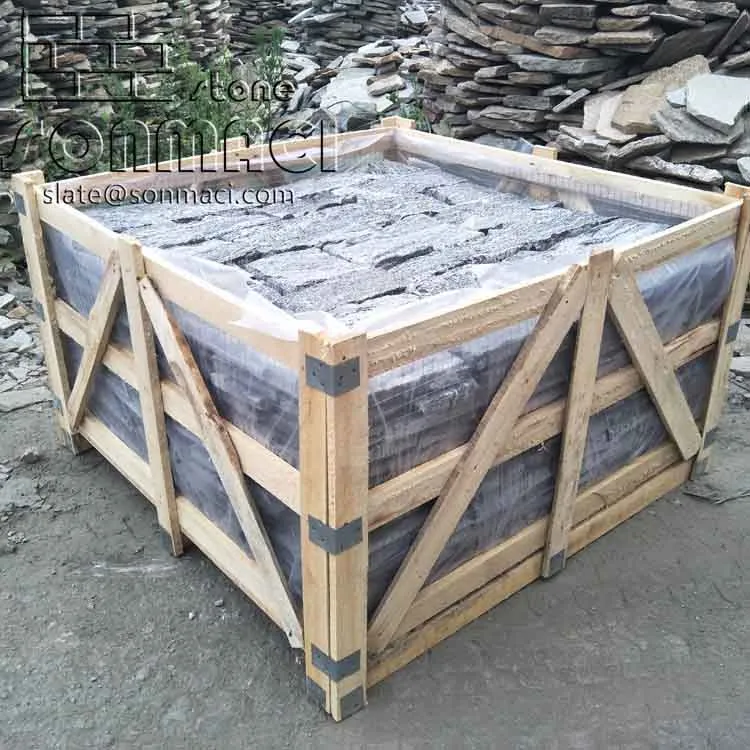
References and Further Reading
- ASTM C1670/C1670M - 19 Standard Specification for Adhered Manufactured Stone Veneer Units. ASTM International.
- ISO 9001: Quality management systems — Requirements. International Organization for Standardization.
- BSD-161: Stone Veneer Design and Installation Guide. Building Science Corporation. (Note: This is a widely referenced resource for best practices in stone veneer installation).
- The Evolution of Manufactured Stone Veneer. Walls & Ceilings Online. (Example of industry trade publication).
- The Rising Popularity of Stone Veneer in Homebuilding. National Association of Home Builders (NAHB). (Insight into market trends).

